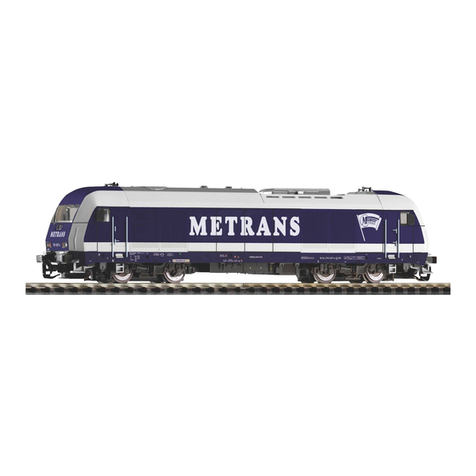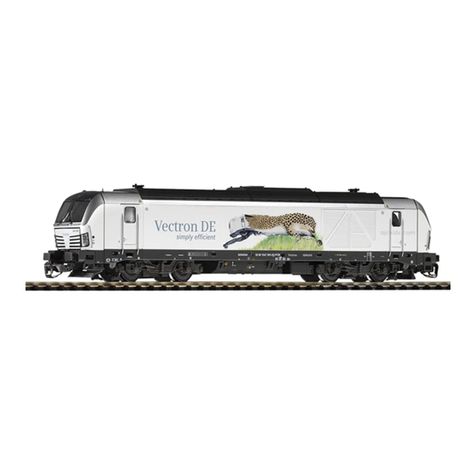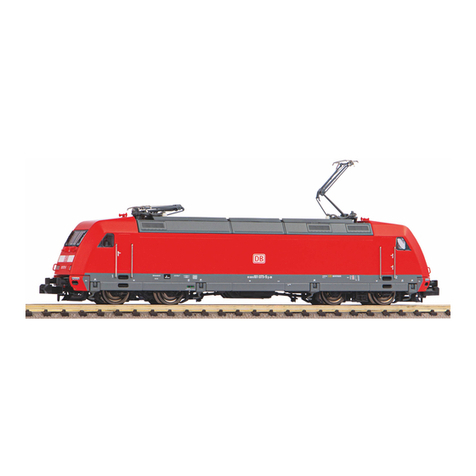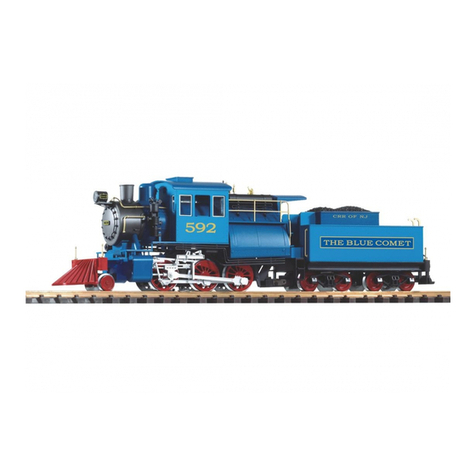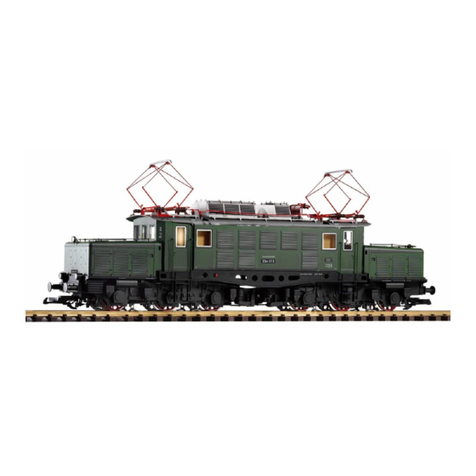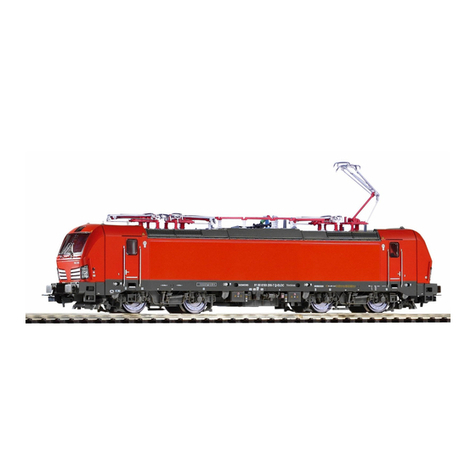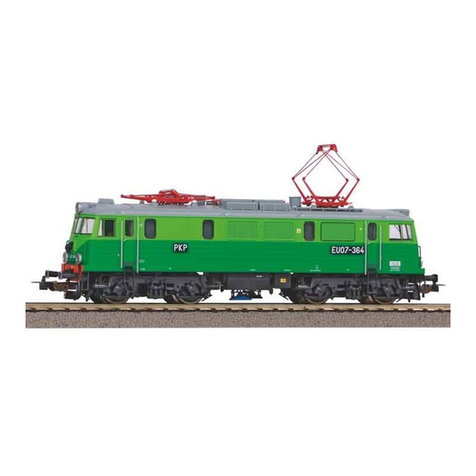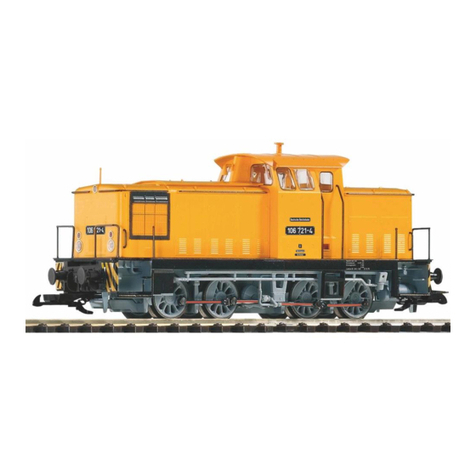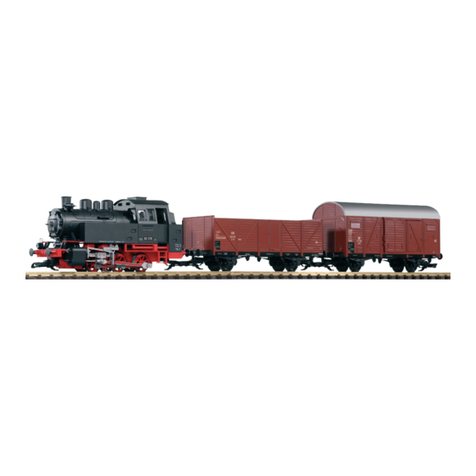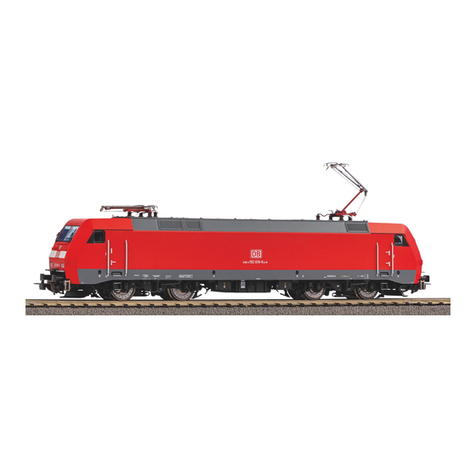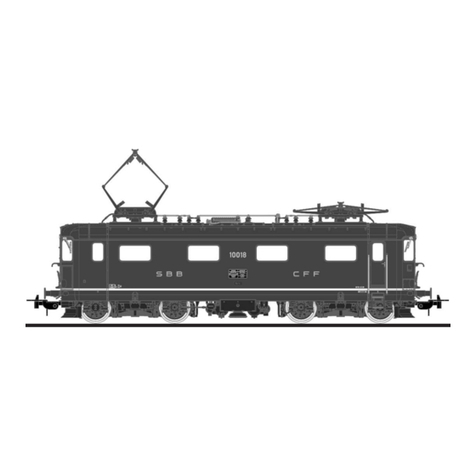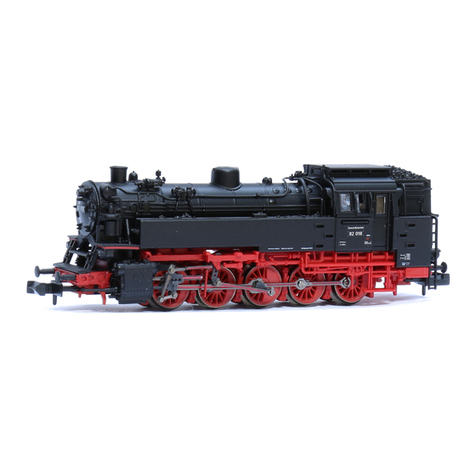
7
Remarque importantes sur la sécurité:
Comment éliminer ce produit
(déchets d’équipements électriques et élektroniques)
(Applicable dans les pays de l’Union Européen et aux autres
pays européens disposant de systémes de collecte sélective)
Ce symbole sur le produit ou sa documentation indique qu’il
ne doit pas être éliminé en fin de vie avec autres déchets
ménagers. L’élimination incontrôlée des déchets
pouvant porter préjudice à l’environnement ou à la santé
humaine, veuillez le séparer des autres types de déchets et le
recycler de façon responsable. Vous favoriserez
ainsi la réutilisation durable des ressources matérielles.
Les particuliers sons invités à contacter le distributeur leur ay-
ant vendu le produit ou à se renseigner auprès de leur mairie
pour savoir où et comment ils peuvent se débarrasser de ce
produit afin qu’il soit recyclé en respectant l’environnement.
Les entreprises sons invitées à contacter leurs fournisseurs et
à consulter les conditions de leur contrat de vente. Ce produit
ne doit pas être éliminé avec les autres déchets commerciaux.
Ceci est un article de modélisme, ce n’est pas un jouet!
Veuillez conserver les conseils et modes d’emploi joints!
Attention! En raison d’une reproduction fidèle à la réalité,
conforme à l’échelle et fonctionnelle, il y a risque de présence
de petites pièces et d‘arêtes coupantes!
Il y a danger de blessures en cas d‘utilisation non conforme.
Le modèle doit être uniquement actionné avec un transforma-
teur autorisé portant le logo suivant :
Courant alternatif: Tension maximum: 16 V ~ ,
Tension de commutation: 24 V ~
Courant continu: Tension maximum: 12 V
Veiligheidsvoorschriften:
Correcte verwijdering van dit product
(elektrische & elektronische afvalapparatuur)
Dit merkteken op het product of het bijbehorende informa-
tiemateriaal duidt erop dat het niet met ander huishoudelijk
afval verwijderd moet worden aan het einde van zijn
gebruiksduur. Om mogelijke schade aan het milieu of de men-
selijke gezondheid door ongecontroleerde afvalverwijdering
te voorkomen, moet u dit product van andere soorten afval
scheiden en op een verantwoorde manier recyclen, zodat het
duurzame hergebruik van materiaalbronnen wordt bevor-
derd. Huishoudelijke gebruikers moeten contact opnemen
met de winkel waar ze dit product hebben gekocht of met de
gemeente waar ze wonen om te vernemen waar en hoe ze
dit product milieuvriendelijk kunnen laten recyclen.
Zakelijke gebruikers moeten contact opnemen met hun
leverancier en de algemene voorwaarden van de koopover-
eenkomsten nalezen. Dit product moet niet worden
gemengd met ander befrijfsafval voor verwijdering.
Schaalmodel – géén speelgoed!
De bijgesloten aanwijzingen en de gebruikershandleiding
s.v.p. goed bewaren! Attentie! Vanwege de werkelijkheidsge-
trouwe, schaalgetrouwe en een functiegerichte vormgeving
zijn er scherpe kanten aanwezig! Bij onjuist gebruik bestaat
er gevaar voor verwondingen!
Het model mag uitsluitend wordeen aangestuurd met een
toegelaten transformator, welke is voorzien van het volgende
kenmerk :
Wisselstroom: Max. rijspanning: 16 V ~,
Omschakelspanning: 24 V ~,
Gelijkstroom: Max. rijspanning: 12 V

